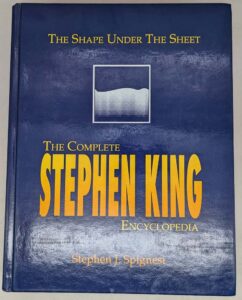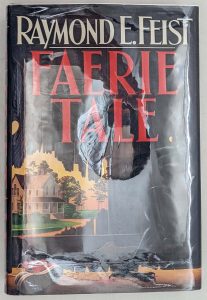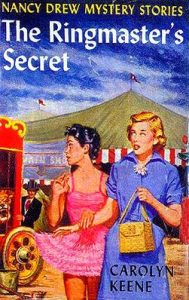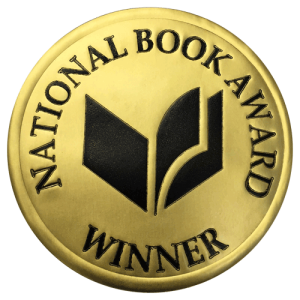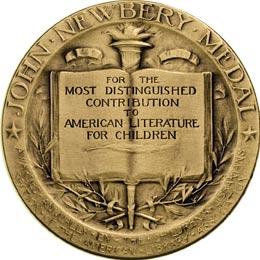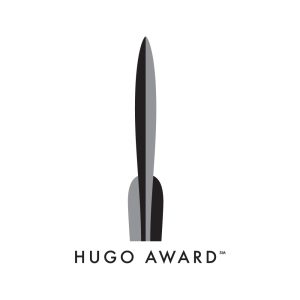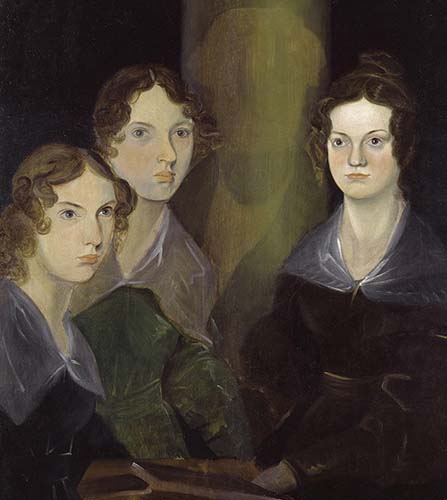
The Brontës were a nineteenth-century literary family, born in the village of Thornton and later associated with the village of Haworth in the West Riding of Yorkshire, England. The sisters, Charlotte (1816–1855), Emily (1818–1848), and Anne (1820–1849), are well known as poets and novelists. Like many contemporary female writers, they originally published their poems and novels under male pseudonyms: Currer, Ellis, and Acton Bell. Their stories immediately attracted attention for their passion and originality. Charlotte’s Jane Eyre was the first to know success, while Emily’s Wuthering Heights, Anne’s The Tenant of Wildfell Hall and other works were later to be accepted as masterpieces of literature.
Charlotte Brontë (1816 – 1855) was an English novelist and poet, the eldest of the three Brontë sisters who survived into adulthood and whose novels became classics of English literature. Although her first novel, The Professor, was rejected by publishers, her second novel, Jane Eyre, was published in 1847. The sisters admitted to their Bell pseudonyms in 1848, and by the following year were celebrated in London literary circles.
Emily Jane Brontë (1818 – 1848) was an English novelist and poet who is best known for her only novel, Wuthering Heights, now considered a classic of English literature. She also published a book of poetry with her sisters Charlotte and Anne titled Poems by Currer, Ellis and Acton Bell with her own poems finding regard as poetic genius. Emily was the second-youngest of the four surviving Brontë siblings, between the youngest Anne and her brother Branwell. She published under the pen name Ellis Bell.
Anne Brontë (January 1820 – 1849) was an English novelist and poet, and the youngest member of the Brontë literary family. In 1846 she published a book of poems with her sisters and later two novels, initially under the pen name Acton Bell. Her first novel, Agnes Grey, was published in 1847 with Wuthering Heights. Her second novel, The Tenant of Wildfell Hall, was published in 1848. The Tenant of Wildfell Hall is thought to be one of the first feminist novels.
The three sisters and their brother, Branwell (1817–1848), were very close and during childhood developed their imaginations first through oral storytelling and play set in an intricate imaginary world, and then through the collaborative writing of increasingly complex stories set therein. The deaths of first their mother, and then of their two older sisters marked them profoundly and influenced their writing, as did the relative isolation in which they were raised. The Brontë birthplace in Thornton is a place of pilgrimage and their later home, the parsonage at Haworth in Yorkshire, now the Brontë Parsonage Museum, welcomes hundreds of thousands of visitors each year.
Charlotte’s Jane Eyre, Emily’s Wuthering Heights, and Anne’s Agnes Grey, appeared in 1847 after many tribulations, again for reasons of finding a publisher. The packets containing the manuscripts often returned to the parsonage and Charlotte simply added a new address and did this at least a dozen times during the year. The first one was finally published by Smith, Elder & Co in London. The 23-year-old owner, George Smith, had specialised in publishing scientific revues, aided by his perspicacious reader William Smith Williams.
After publishing Jane Eyre Smith remained faithful to the family. Emily and Anne’s manuscripts were confided to Thomas Cautley Newby, who intended to compile a three-decker; more economical for sale and for loan in the “circulating libraries”. The two first volumes included Wuthering Heights and the third one Agnes Grey. Both novels attracted critical acclaim, occasionally harsh about Wuthering Heights, praised for the originality of the subject and its narrative style, but viewed with suspicion because of its outrageous violence and immorality – surely, the critics wrote, a work of a man with a depraved mind. Critics were fairly neutral about Agnes Grey, but more flattering for Jane Eyre, which soon became a best-seller, despite some commentators denouncing it as an affront to morals and good mores.
Due to their forced or voluntary isolation, the Brontë sisters constituted a separate literary group which neither had predecessors nor successors. There is not a ‘Brontë’ line such as exists among authors of realist and naturalist novels, and in poetry, the romantic, and the symbolic.
The Brontë Sisters – First Editions Identification Guide
This list does not contain information about the First US editions of the The Brontë Sisters’ works. If you have any information, please use the contact page and let me know.
| Year | Title | Publisher | First edition/Printing Identification Points |
|---|---|---|---|
| 1846 | Poems | London : Aylott and Jones, 1846 | First edition. Written under the pseudonym Currer, Ellis, and Acton Bell. Dark green cloth boards, decorated with a harp, gilt lettering. ALSO: London: Smith, Elder and Co., 1846, but [1848]. Second issue. Dark green cloth boards, gilt lettering. Includes an errata slip. Note: There are many copies issued in the same binding as the first issue by Aylott & Jones. |
| 1847 | Jane Eyre | London: Smith, Elder and Co., 1847 | First edition. Written under the pseudonym Currer Bell as 'editor'. Three volumes. Dark claret-coloured cloth boards, with blind-stamped decoration, and gilt lettering. ALSO: London: Smith, Elder and Co., 1848. Three volumes. Second edition. Deep claret-coloured cloth boards, with blindstamped decoration, gilt lettering. "Second edition" stated on rear board. The name of 'Currer Bell' is now given as the Author instead of Editor. ALSO: London: Smith, Elder and Co., 1848. Third edition. Same as second, save that the first volume contains an additional note by Charlotte denying the authorship of other works which had been ascribed to her. ALSO: London: Smith, Elder and Co., 1850. Fourth edition. First time published as a single volume. This edition was reprinted multiple times. |
| 1847 | Wuthering Heights | London: Thomas Cautley Newby, Pub., 1847 | First edition. Written under the pseudonym Ellis Bell. Published as one work together with Agnes Grey, in three volumes, volume 3 being Agnes Grey. Deep claret coloured cloth boards, decorated with blind-stamped ornaments, and gilt lettering. ALSO: London: Smith, Elder and Co., 1850. Revised edition. Wuthering Heights & Agnes Grey as a single volume. Dark claret-coloured blind-stamped cloth boards, ornamentals design , stamped in blind, gilt lettering. Notes: This new edition of Wuthering Heights and Agnes Grey is a book of very considerable literary importance. Not only does it contain (pp vii— xvi) Charlotte's 'Biographical Notice' of her two sisters, together with (pp. xvii— xxiv) a Preface to Wuthering Heights; it also includes a series of poems by both Emily and Anne which appeared in its pages for the first time. |
| 1848 | Shirley | London: Smith, Elder and Co., 1847 | First edition. Written under the pseudonym Currer Bell. Three volumes. Deep claret-coloured cloth boards, with blind-stamped decoration, and gilt lettering. Note: The book was reissued in 1852 as a single volume. |
| 1848 | The Tenant of Wildfell Hall | London: T. C. Newby Pub., 1848 | First edition. Written under the pseudonym Acton Bell. Three volumes. Dark claret-coloured cloth boards, with blind stamped decorations, and gilt lettering. ALSO: London: T. C. Newby Pub., 1848. Second edition. "Second edition" stated on title page. This edition used the original sheets supplied with new title page and addition of a Preface. |
| 1853 | Vilette | London: Smith, Elder and Co., 1847 | First edition. Written under the pseudonym Currer Bell. Three volumes. Dark olive-brown cloth boards, with blind-stamped decorations, and.gilt lettering. Note: The book was reissued in 1858 as a single volume. |
| 1857 | The Professor | London: Smith, Elder and Co., 1847 | First edition. Written under the pseudonym Currer Bell. Two volumes. Dark purple cloth boards, with blind-stamped decorations, and gilt lettering. Notes: 'Remainder' copies were bound and published as two volumes in one. Issued in dark green cloth boards, gilt lettering. In this form the first edition of the novel usually occurs today. |
| 1896 | The Adventures of Ernest Alembert | London: Printed for Private Circulation. 1896 | First edition. Japanese-vellum boards, gilt letering. Limited edition of 30 copies. |
Reference:
- Wikipedia
- Thomas J. Wise, A Bibliography of the Writings in Prose and Verse of the members of the Bronte Family, 1917.



